Developing better cage netting
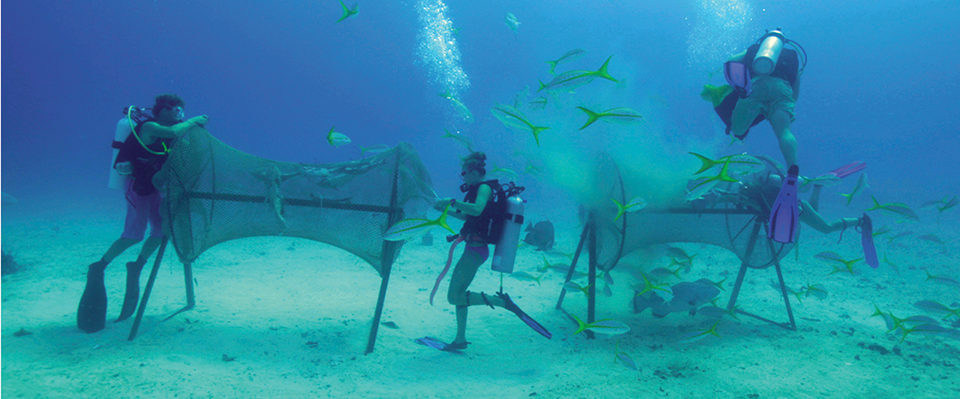
Most coldwater fish farms are not located along shorelines with high-value homes, but in areas with fjords and inland waterways that protect the farms from the harsh open ocean environment. Cooler water temperatures during the winter months significantly inhibit fouling on the nets.
Warmwater fish farms are more likely to be located offshore, away from the popular and more densely populated shorelines. They are also more likely to be visited by sharks.
Sharks are predators to warmwater aquaculture much like seals and sea lions are predators to coldwater aquaculture. While sharks do not have the mass of sea lions, the cutting efficiency of their teeth makes sharks formidable foes to warmwater aquaculturists. When large, aggressive sharks are intent upon entering a cage, traditional containment nets are no match.
Cape Eleuthera Institute
Some warmwater fish farms operate without harassment by sharks. Other facilities, like the Cape Eleuthera Institute, are not so fortunate.
The Cape Eleuthera Institute (CEI) is a research and educational facility located on the southern tip of Eleuthera Island in the Bahamas. One of its primary research initiatives is to develop sustainable living systems with much emphasis on energy and food production. In addition to operating the world’s largest solar-powered wet lab/hatchery, CEI owns a 3,000-m3 aquaculture cage.
The institute was quite successful at raising cobia in the cage, but the cage suffered multiple shark attacks that resulted in the loss of many fish. Installing an additional predator net on the bottom of the aquaculture cage simply moved the shark attacks from the bottom of the cage to the top.
In 2009, the CEI aquaculture manager contacted the DSM headquarters in the Netherlands seeking a netting solution to their shark problem. At that time, DSM had joined with NET Systems of Bainbridge Island, Washington, USA, to develop a more bite-resistant net.
Bite testing
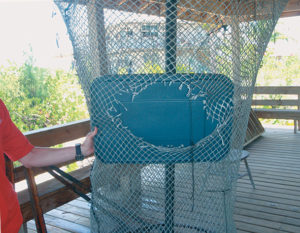
Designing a lab test to simulate a shark bite was one of the first tasks to be solved. Although there is a tremendous amount of shark research available, there is no test that can predict the performance of netting materials when subjected to the biting and sawing forces of a powerful shark.
The author contacted Dr. Phil Motta at the University of South Florida for assistance. Motta is widely known as a shark expert and also had experience testing materials for their effectiveness against shark bites. They sought to create a bite test that closely matched the mechanical action of sharks’ teeth and tested the cutting efficiencies of razor blades and other serrated blades against actual shark teeth.
“We quickly learned the most efficient cutting device came from the jaw of a shark and not from any lab, industrial or commercial cutting surface made by man,” the author said. “It was a humbling experience.”
Margot Van Wunnik, an application engineer in Urmond in the Netherlands, went to work with the results from the Florida tests. Her team developed a bite simulation test that mimicked the cutting action of the sharks’ teeth, but also introduced a sawing action similar to that which occurs as shark thrash about once they bite prey. Missing was the correlation between her lab test and actual results in ocean trials with real sharks biting various samples of netting.
Field trials
Luckily for the project, the Cape Eleuthera Institute not only has a sustainable aquaculture research team, but also a shark research team. The CEI scientists agreed to help conduct field trials in the ocean to correlate lab data with actual net performance against sharks. At the same time, the author and NET Systems engineer Koji Tamura were creating differing net constructions to determine their effectiveness against shark attacks.
The field testing was initially led by CEI Aquaculture Manager Tyler Sclodnick and later by new Sustainable Aquaculture Manager Marie Tarnowski. CEI Shark Research Manager Edd Brooks and Assistant Manager Ian Hamilton provided much technical expertise, as the team had to both attract the sharks and analyze the bites.
The field tests were conducted in the Bahamas by wrapping cylinder-shaped cages with experimental netting, putting bait inside the cages, then filming the sharks as they bit the cages trying to access the bait. After each shark attack, the netting was recovered to assess any damage.
While that may sound easy, getting the sharks to actually bite proved to be more difficult than one might expect. Sharks are cautious by nature, so the bait cages had to be in position for at least a week before the sharks would attempt to bite through the netting to the bait.
Since the bait had to be changed daily, that presented some interesting moments for the researchers as they dived down to the cages in shark-infested waters carrying fresh bait. The scientists also had to change the batteries and digital data storage cards in the cameras that filmed the sharks throughout the day. More than once, curious sharks visited the team on their dives during these trials.
Success
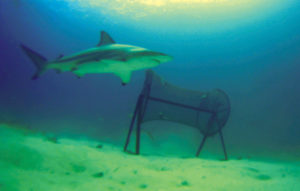
As with any product development or research effort, there were plenty of failures before success defined the project. A wide variety of hybrid materials and constructions were tested, only to fail between the powerful teeth of the sharks. In 2011, though, several netting constructions were attacked by multiple sharks and remained intact.
Once the successful technology was discovered, the effort switched focus to make the lightest and most economical construction ready for the aquaculture industry. The final result of this effort is the Predator-X netting now sold by NET Systems.
In late 2011, CEI’s entire aquaculture cage was covered with this netting. The installation of the flexible net was easy despite the rough weather conditions. The netting is expected to last 10 years in the ocean environment.
Perspectives
CEI is now growing cobia again, allowing it to conduct research demonstrating that sustainable aquaculture can work in the Caribbean. This project is a great example of how industrial partners can work together with research institutions to solve problems that are impacting the world. Solving the predator problem without harming the predators is a sustainable approach that allows a protected farmed fish population and the natural population to coexist.
(Editor’s Note: This article was originally published in the May/June 2012 print edition of the Global Aquaculture Advocate.)
Author
-
Ken Robertson
Application Development Engineer
Fiber Solutions
Central, North, and South America
DSM Dyneema
1101 Highway 27 South
Stanley, North Carolina 28164 USA[109,111,99,46,109,115,100,64,110,111,115,116,114,101,98,111,114,46,110,101,107]
Tagged With
Related Posts
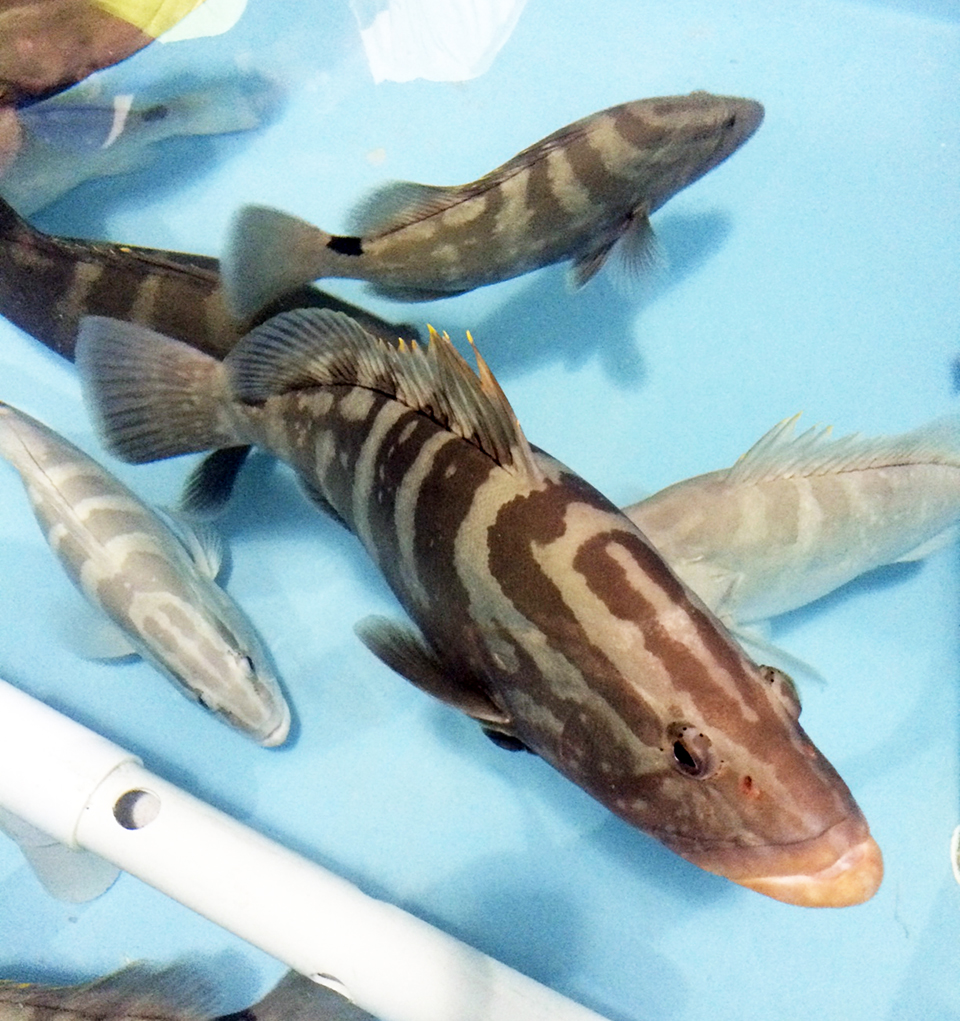
Intelligence
Bahamas venture focuses on grouper, other high-value marine fish
A new venture under development in the Bahamas will capitalize on Tropic Seafood’s established logistics and infrastructure to diversify its operations from processing and selling wild fisheries products to include the culture of grouper and other marine fish.
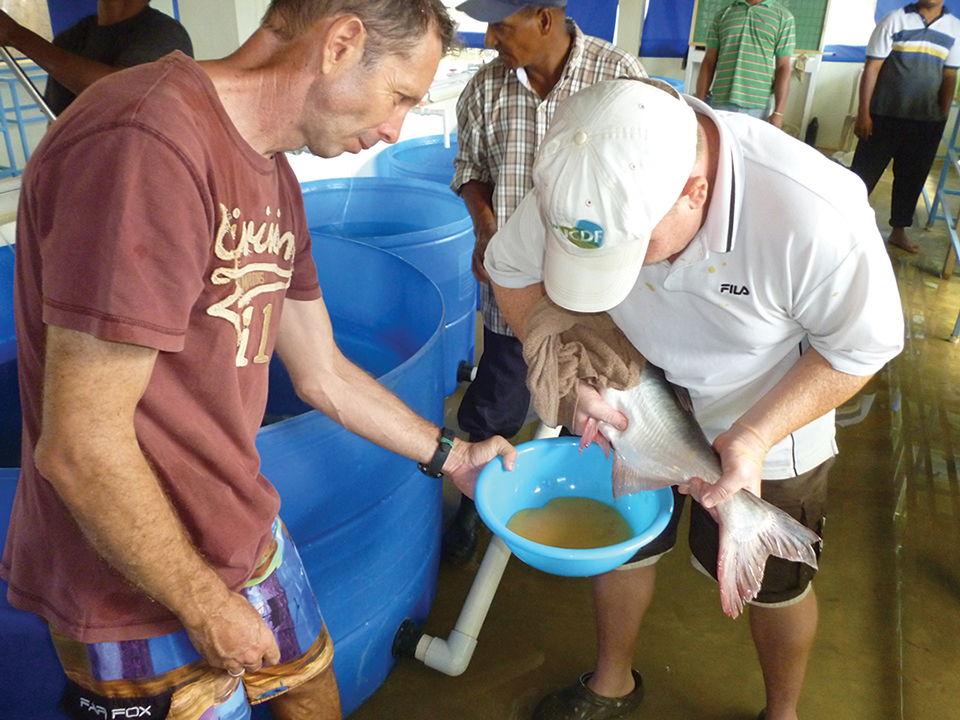
Health & Welfare
Pangasius culture in Western Hemisphere
Western nations consume considerable quantities of pangasius, yet its aquaculture in tropical regions of the hemisphere has not followed. Several countries have approved pangasius aquaculture, and to date no negative environmental impacts have been observed.
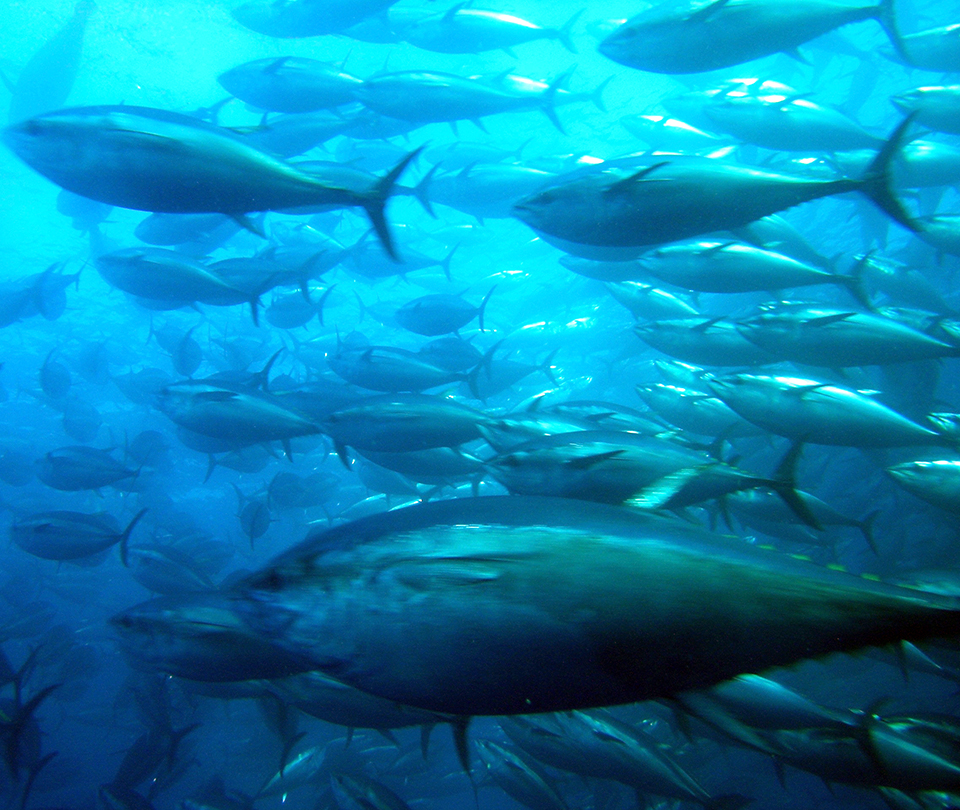
Intelligence
Public opinions pose barriers for tuna consumption
Safety and sustainability are key concepts affecting consumers’ decisions on tuna consumption. Although the benefits of consumption exceed the potential negative effects, tuna’s harmful attributes tend to negatively impact purchasing in at-risk groups.
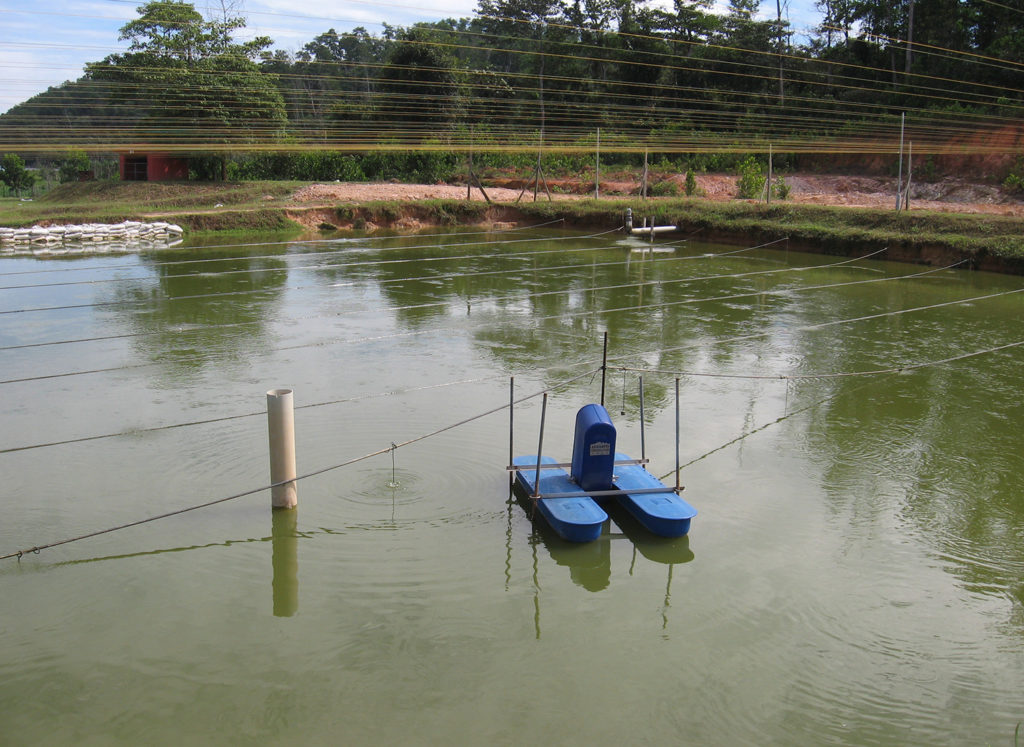
Health & Welfare
Advice for managing predatory birds, part 1
Predatory birds can cause major losses for tilapia farms. As some bird species are protected by law, fish farmers must use non-lethal control techniques.


